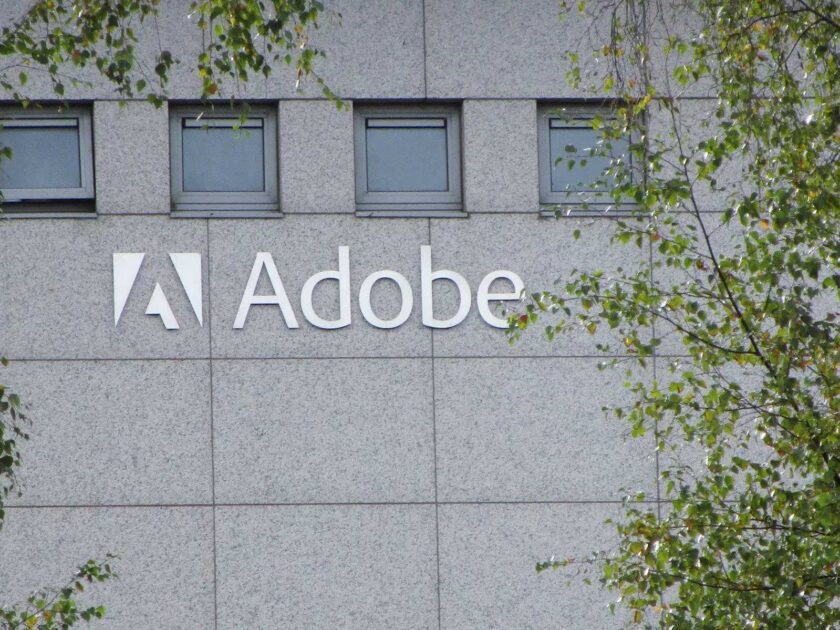Microsoft Corp. (MSFT), under new Chief Executive Officer Satya Nadella, will accelerate a push into mobile software, joining forces with hardware manufacturers and Qualcomm (QCOM) Inc. to develop cheaper phones for emerging markets.
Microsoft said yesterday it’s working with Qualcomm on a low-cost phone design that developers and handset makers can use to build their own devices, and added partners including Lenovo Group Ltd. to make Windows smartphones. Nokia Oyj (NOK1V), whose mobile-phone business will become part of Microsoft, unveiled lower-priced handsets at the Mobile World Congress in Barcelona today.
Trailing Apple Inc. (AAPL) and Google Inc. (GOOG) in more sophisticated devices, Microsoft is now trying to build market share for its Windows operating system from the bottom up. Cheaper smartphones mean consumers in less-developed countries will have a chance to use the Internet for the first time, a fast-growing market that’s also attracting rivals such as Google, maker of the Android operating system.
“Microsoft can be more healthy by widening our ecosystem,” Joe Belfiore, a Microsoft vice president, said at the Barcelona event. “We care a ton about emerging markets.”
Microsoft and Qualcomm are designing a basic core of a phone with the necessary processors and wireless chips that developers can start with as they design Windows phones for emerging markets. Microsoft also plans to update its Windows 8.1 software and Windows Phone software this spring, helping it target lower-priced devices, Belfiore said.
Nadella’s Challenge
Microsoft’s push to broaden the reach of its mobile ecosystem comes as Nadella takes over from Steve Ballmer and the Redmond, Washington-based company prepares to complete the $7.2 billion takeover of Nokia’s handset business. Nokia today introduced three lower-end Android smartphones and two other handsets, including a 29-euro ($40) phone with Web access.
“Our new CEO has said mobile first,” Belfiore said. “That plays naturally to our strategy of reaching more people.”
Microsoft’s effort to get more handset makers to offer Windows phones has so far failed to shake the dominance of Apple’s iOS and Google’s Android, which account for 96 percent of the smartphone market. Of the more than 1 billion smartphones shipped in 2013, only 3.3 percent ran Windows, according to market-research firm IDC. Eighty-nine percent of the Windows phones sold were made by Nokia, said IDC.
Nokia’s Android
The Nokia Android phones, called Nokia X, Nokia X+ and Nokia XL, are aimed at developing markets, Stephen Elop, head of devices at the Espoo, Finland-based company, said today in Barcelona. Nokia X will sell for 89 euros, X+ for 99 euros and XL for 109 euros.
The devices include Microsoft services such as Skype, OneDrive and Outlook.com and are meant to be a “feeder” system to Windows devices, said Elop, who will join Microsoft once it completes the acquisition of Nokia’s phone division.
Microsoft isn’t planning to build a long-term strategy around Android devices, a person familiar with the matter said this month. Rather it may be planning to use the Nokia Android phones to bolster its sales in the lower end until it can produce Windows phones for that market segment, the person said.
“These devices will be selling globally, but the primary focus is on the emerging markets simply because that’s where the fastest growth is,” Timo Toikkanen, head of mobile phones at Nokia, said in an interview in Barcelona. “What we focus on is connecting the next billion people.”
Lenovo, ZTE
Nokia has used Windows in higher-end smartphones since 2011, while relying on its own software in cheaper phones aimed at emerging markets. The company has lost share in the low end as Android smartphones costing $100 or less have gained users.
When asked about Nokia’s Android devices, Belfiore said there are things with Nokia that Microsoft is excited about and things it isn’t. He declined to comment further.
Microsoft agreed to buy Nokia’s handset business in September. The companies have said they expect to complete the deal this quarter.
Nine other manufacturers, including Lenovo, ZTE Corp. and LG Electronics Inc., plan to add Windows Phone devices to their offering, Microsoft said yesterday. Samsung Electronics Co. (005930), HTC Corp. and Huawei Technologies Co. also make Windows phones.
This is only the latest attempt by Microsoft to spread Windows to more corners of the world. Last year, operating systems chief Terry Myerson floated the idea of free or low-cost Windows software to smartphone makers like HTC, people with knowledge of the matter said at the time.
Global Internet
The last revolution in mobile communications happened when the smartphone was born more than a decade ago, and the explosion of cheaper Internet-enabled handsets for developing markets will be the next milestone, said Yves Maitre, head of devices at Orange SA (ORA), the French wireless carrier which has expanded into markets such as Egypt, Poland and Kenya.
At the Mobile World Congress, other companies are also announcing lower-end devices. Mozilla Corp., developer of the Firefox browser, unveiled a $25 phone prototype.
“The story of Internet-for-everyone will be written at MWC this year,” Maitre said.
Article adapted from bloomberg.com




